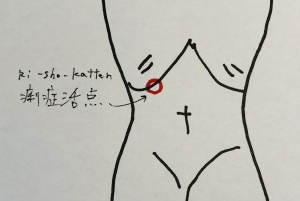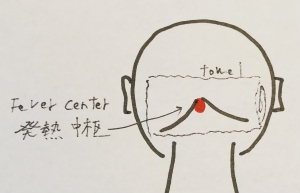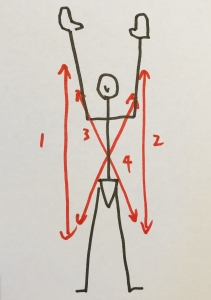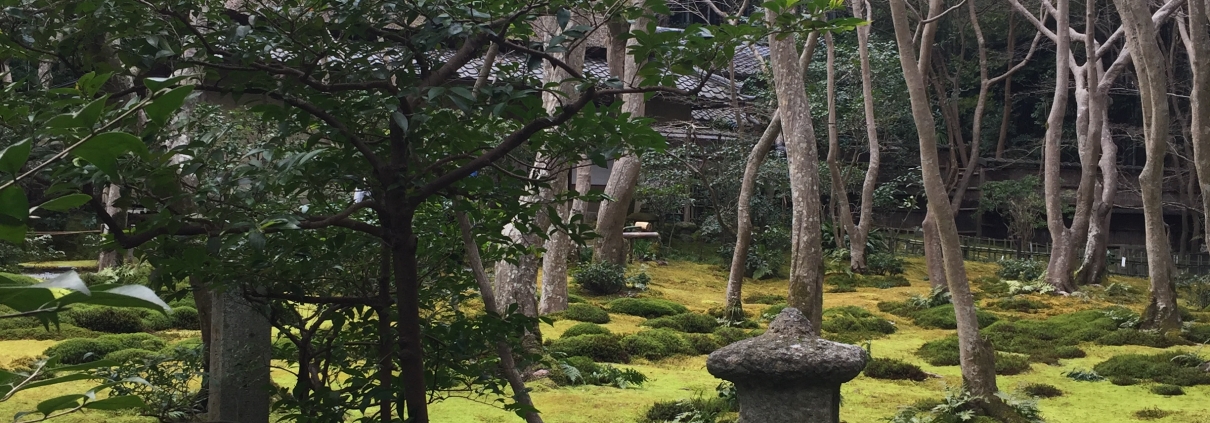Long COVID Insights: A Guide to Recovery through Eastern Medicine
It’s been nearly four years since the COVID-19 pandemic began. During this time, we’ve experienced lockdowns, mask mandates in public spaces, social distancing, and the unprecedented mass administration of mRNA vaccines. Alongside debates about the pros and cons of these measures, one undeniable reality has come to the forefront: the steadily increasing number of “Long COVID” sufferers.
Since COVID-19 is a novel infectious disease with unique post-infection complications, defining and treating it initially posed significant challenges. Healthcare professionals seem to still be exploring new territory in search of effective treatments. Some doctors are experimenting with various alternative therapies, reporting some extent of success.
As a practitioner of a Japanese manual therapy known as “Seitai,” I’ve encountered clients who’ve suffered prolonged health issues following coronavirus infections. From my observations, roughly half of these individuals reported gradual or even significant improvements following my treatments.
However, I am neither a doctor nor a healthcare professional, so I must acknowledge that my experiences are purely anecdotal. Thus, in this article, I wish to share some self-care practices and measures that you can try independently of my suspicious treatment. I hope these suggestions provide some relief to those struggling with Long COVID.
What Does Contracting COVID Mean for Our Bodies?
From what I’ve learned, contracting COVID can essentially be summarised as “accelerated ageing“. Ageing involves a process called “oxidation“. Hence, a critical aspect of COVID recovery should be the removal of reactive oxygen species from the body. Glutathione, believed to be the body’s most powerful antioxidant, is primarily produced in the liver. Consequently, enhancing liver function is a top priority.
Approach #1: Liver Activation Point ( Ri -sho-katten)
In Seitai, there’s a technique known as the “Liver Activation Point” or “Ri-sho-katten” in Japanese, located beneath the right lower ribcage.

To stimulate this point,
press it with your fingers in a clockwise motion while exhaling and maintain pressure while inhaling. Repeat this process 4-5 times, going deeper each time. Then, while inhaling, gently release the pressure, also in a clockwise motion, over 2-3 breaths.
Performing the Steam Towel Method, which I’ll describe later, after this will enhance the effectiveness significantly.
The liver is crucial for detoxification, making this point a “detoxification trigger“.
The Japanese term “痢症活点 Ri-sho-katten” means a point to awaken and activate your body when experiencing symptoms like diarrhoea.
Avoiding alcohol, which burdens the liver and exacerbates inflammation, is essential for recovery.
What Causes Long COVID Conditions?
In my humble understanding, when the virus infects us, our immune cells initially counterattack. However, COVID-19 can infect our immune cells, leading to a gradual disruption of our immune function.
While our immunity often prevails, Long COVID can occur due to:
a: Direct damage to our organs and tissues by COVID-19 viruses.
b: Dysfunctional immune cells attacking our healthy cells, including other immune cells, leading to chronic inflammation and autoimmune diseases.
c: COVID viruses that survive within our body, similar to tuberculosis bacteria, reactivating when our immune system weakens.
Approach #2: Short Fasting and Reduced Eating
Short-term fasting can provide several benefits:
1. Reducing chronic inflammation to preserve immune function.
2. Activating autophagy to cleanse and recycle cellular components.
3. Stimulating stem cell regeneration for tissue repair and rejuvenation.
4. Improving gut microbiota, thus enhancing immune function.
In contrast, overeating can lead to excess cholesterol accumulation in our blood vessels, a known site for COVID infection and replication, potentially prolonging and worsening symptoms.
Approach #3: Steam Towel Therapy for the Occipital Area
The Steam Towel Method, as detailed in my previous article, is an effective self-therapy technique passed down in Imoto Seitai.
Many of my clients, when I explain this method, say “Oh yes, I already do that. I use a bean bag” or similar. That’s fine, but the principle is quite different, so please follow the procedure strictly to maintain its remarkable effectiveness.
The key is to use “wet heat” and a “cooling stimulus”.
Soak a thick towel in water, wring it out, heat it in a microwave to a temperature slightly beyond your comfort zone, and apply it to the affected area. After about four minutes, when the temperature has dropped, reheat the towel to the same temperature as before and apply it again to the same spot. Repeat this process a total of 3-5 times.
You can apply this method almost anywhere on your body. If you feel discomfort in your abdomen, place it there. If it’s your chest, then on the chest. It’s actually quite comfortable and relaxing.

Additionally, make sure to apply it to your occipital area (the back of your head). The cerebellum in this area regulates bodily movements, but also closely communicates with the brainstem, which controls vital functions like breathing and heart rate. COVID infection can damage the brainstem, potentially leading to oxygen insufficiency, heart rhythm abnormalities, and more, often without notice. Therefore, it’s advisable to continue this method daily, just to be safe.
While communication between the hypothalamus and the cerebellum is not medically proven, we have empirically found a point below the occipital protuberance that acts as a trigger for fever when the body demands it, which we refer to as Fever center. Applying the steam towel method to this area often results in a brief spike in high fever, followed by a return to normal temperature, especially in cases of persistent low-grade fever.
This is such an effective health practice for various reasons, making it recommendable for everyone, even those without Long COVID symptoms. For further details, please check out this article.
Approach #4: Twist and Stretch Exercise
In severe cases of Long COVID, patients may struggle with muscle weakness in their arms to the point where even brushing their teeth becomes challenging.
The official name of the coronavirus is SARS-CoV-2, which stands for Severe Acute Respiratory Syndrome.
In Seitai, it’s traditionally advised that “one should not use their arms for a year after pneumonia”.
This is because the arms are supported by the collarbones and shoulder blades, which sit atop the lungs. When your lungs are weakened, the arms have nowhere to rest, making it difficult to even hold their own weight. In this condition, exerting force can affect the lungs and hinder recovery. The same can be said for SARS.
We emphasize the close connection between the lungs and vitality, and also the physical relationship between the lungs – clavicles – pectoral muscles – biceps. Stretching these muscles contributes to regaining one’s strength. However, as mentioned, even a slight burden can further damage weakened lungs. Therefore, gentle exercises done while lying on your back are recommended.
Firstly, please lie down on your back in a spacious area. Then slowly raise and extend both arms overhead, forming an “X”.

1. Stretch the right half of your body using the right arm and the right leg.
2. Stretch the left half of your body using the left arm and the left leg.
3. Stretch diagonally using the right arm with the left leg.
4. Stretch diagonally using the left arm with the right leg.
Repeat steps 1 to 4 for several sets, finishing with a deep stretch of the least flexible combination. Rise slowly after your breathing has settled down.
This exercise, simple yet effective, stretches all major muscle groups, improves blood circulation, and induces deep breathing, which also helps in autonomic nervous system regulation. Furthermore, by stimulating various muscle groups alternately, both parallel and diagonally, this exercise helps improve neuromuscular coordination.
This exercise, while incredibly simple, has shown significant effectiveness in rehabilitation, including for conditions like stroke.
In Conclusion
Japan has a concept known as Yōjō (養生: fostering one’s life), originally advocated by philosopher and botanist Ekken Kaibara (1630-1714). This concept emphasises that the body becomes stronger and lives longer through proper rest and energy conservation. It contrasts with the concept of Training, which suggests that a weakened body needs exercise; without it, the body may become even weaker.
From my observations, many people nowadays are driven by the concept of Training, pushing their limits too much, even during the recovery phase when they should be resting. This often leads to a negative cycle.
I encourage you to completely flip your mindset, when it comes to Long COVID.
Please try to follow approaches 1-4, without straining yourself, both in the morning and at night, while remembering the principle of Yōjō.
Taking small, gradual steps, you may move towards regaining your original vitality.
If you have any questions regarding this article, please do not hesitate to contact me.



